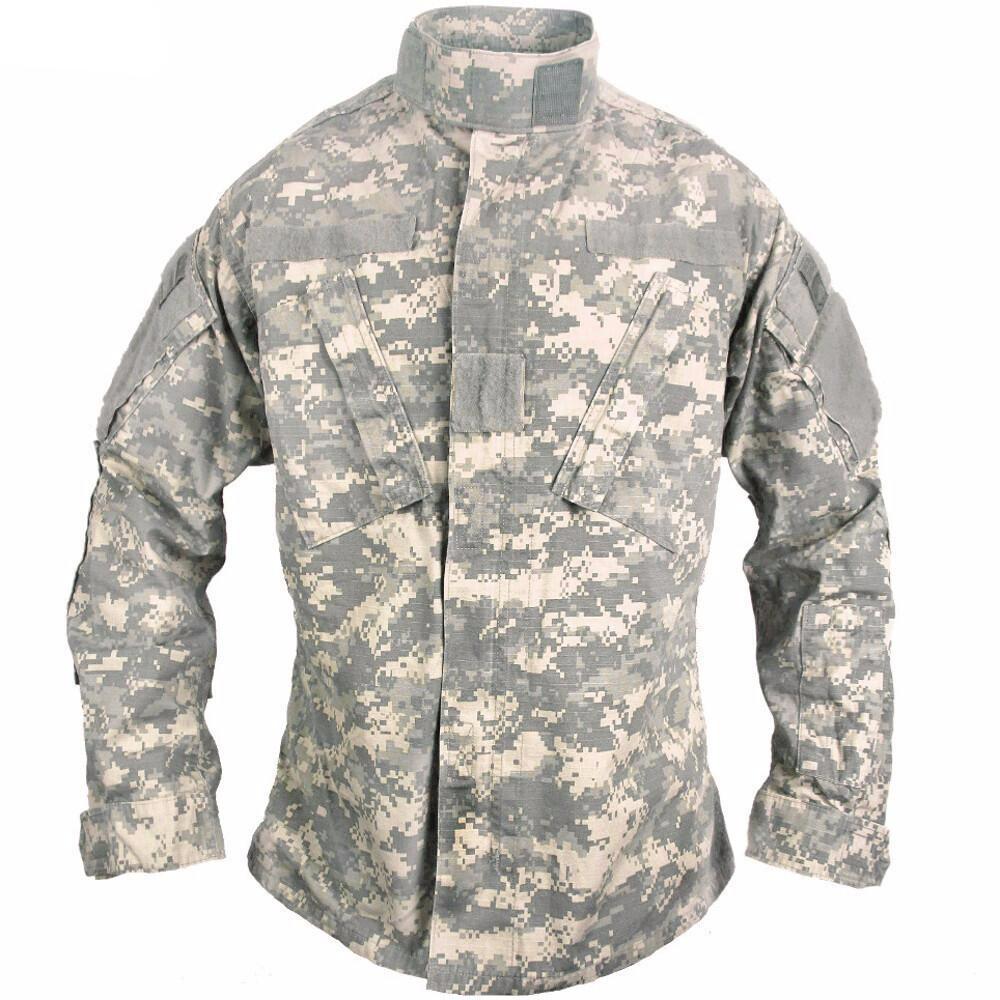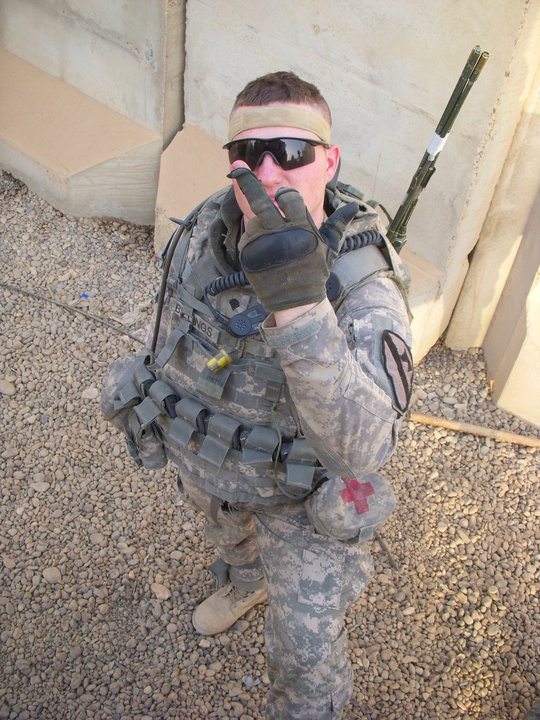

On Sunday, September 29th, 2019 at 17:00 and is filed under Camo. I wore OG-507 fatigues on the last day we could in 1987, so enjoy them one last time.

Tomorrow is your last day to wear UCP or Type I on duty. The Air Force got in on the act as well with a pixelated version of Tigerstripe camouflage, but they are currently transitions to OCP along with the Army.

The Marines kicked off the whole pixelated camo craze in the US military and seem pretty happy with their Woodland and Desert MARPAT. The NWU Type III is now the standard uniform issued to new recruits. Type II is for desert duty and Type III for woodland environments. Crye Precision decided to further develop Scorpion, releasing it commercially as Multicam. Like the Army, the Navy came to its senses and created new patterns. The US Army Uniform trials in 2004 resulted in a different pattern however: a recoloured version of the pixelated MARPAT design, called Universal Camouflage Pattern (UCP). Instead, it seemed to make an overboard Sailor less likely to be spotted. Ostensibly, this was to hide paint and other stains on the uniform. The new Navy Working Uniform, Type 1 featured a pixelated camouflage pattern, akin to the Marine Corps’s pattern but with Blue coloring. Not to be outdone, the US Navy adopted a new camouflage pattern and uniform cut in 2008 to replace the longstanding solid blue dungaree-style uniform. Eerily similar to MultiCam by Crye Precision (seen below), the colors and shapes do a much better job of providing actual camouflage. Thankfully, the Army eventually came around and replaced it with the Operational Camouflage Pattern.

Army had made modifications to the pattern and renamed it Scorpion W2, and because of licensing and cost concerns, chose their in-house modified version over the Cry. Originally developed by Crye Precision (the owner of the MultiCam camouflage pattern) in 2002 as Scorpion, the U.S. The Army is currently (2010) considering new options for the combat soldier, including a higher functioning camouflage pattern and more durable combat clothing.Two dead ends on the off ramp that is pixelated camouflage will thankfully be retired from service on 1 October, 2019.Īdopted on 2004, the so-called Universal Camouflage Pattern never seemed to blend in with anything, except perhaps grandma’s couch, as seen in this now famous photo. Army began testing new patterns to officially replace UCP as the standard camouflage pattern. Several years of use have shown, however, that the concept is an almost universal failure, with the UCP performing poorly (or at best only "adequately") in almost every environment, and the new Army Combat Uniform (ACU) itself standing up very inadequately as a replacement for the old BDU. This would remove the need to issue specialized camouflage clothing for soldiers deployed to different geographical areas, such as urban settings, deserts or woodland/jungles. The idea behind the concept of "universal camouflage" was to issue the soldier with a single combat uniform capable of performing suitably in any environment. This is, it turns out, nothing but a recoloration of the MARPAT design. Following on the heels of the USMC, in 2004 the US Army adopted its own "digital" camouflage pattern which it termed Universal Camouflage Pattern or UCP.United States Army Universal Camouflage Pattern by -Rusty.


 0 kommentar(er)
0 kommentar(er)
